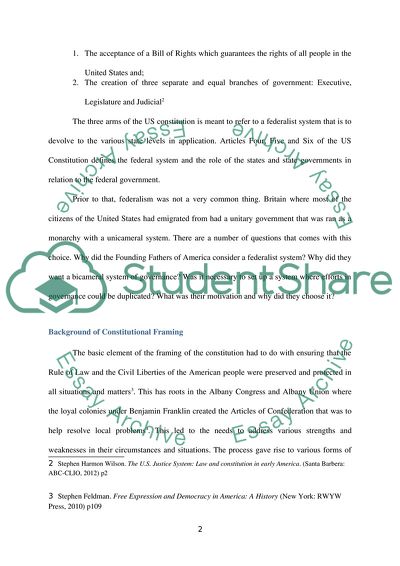Cite this document
(“The Formation Of The US Constitution or The Shaded US Constitution Research Paper”, n.d.)
The Formation Of The US Constitution or The Shaded US Constitution Research Paper. Retrieved from https://studentshare.org/politics/1667113-why-did-the-framers-choose-a-federal-system
The Formation Of The US Constitution or The Shaded US Constitution Research Paper. Retrieved from https://studentshare.org/politics/1667113-why-did-the-framers-choose-a-federal-system
(The Formation Of The US Constitution or The Shaded US Constitution Research Paper)
The Formation Of The US Constitution or The Shaded US Constitution Research Paper. https://studentshare.org/politics/1667113-why-did-the-framers-choose-a-federal-system.
The Formation Of The US Constitution or The Shaded US Constitution Research Paper. https://studentshare.org/politics/1667113-why-did-the-framers-choose-a-federal-system.
“The Formation Of The US Constitution or The Shaded US Constitution Research Paper”, n.d. https://studentshare.org/politics/1667113-why-did-the-framers-choose-a-federal-system.


